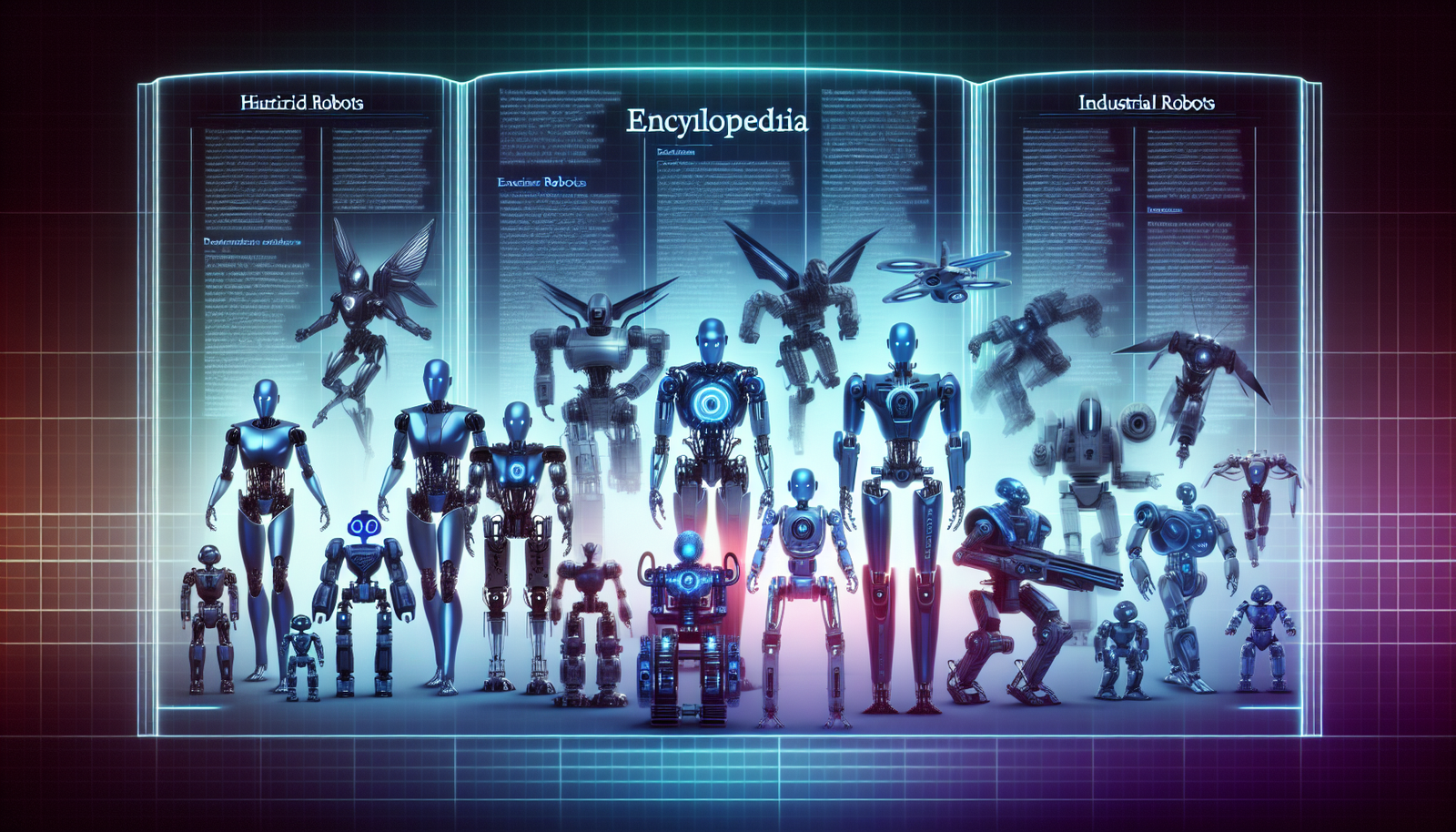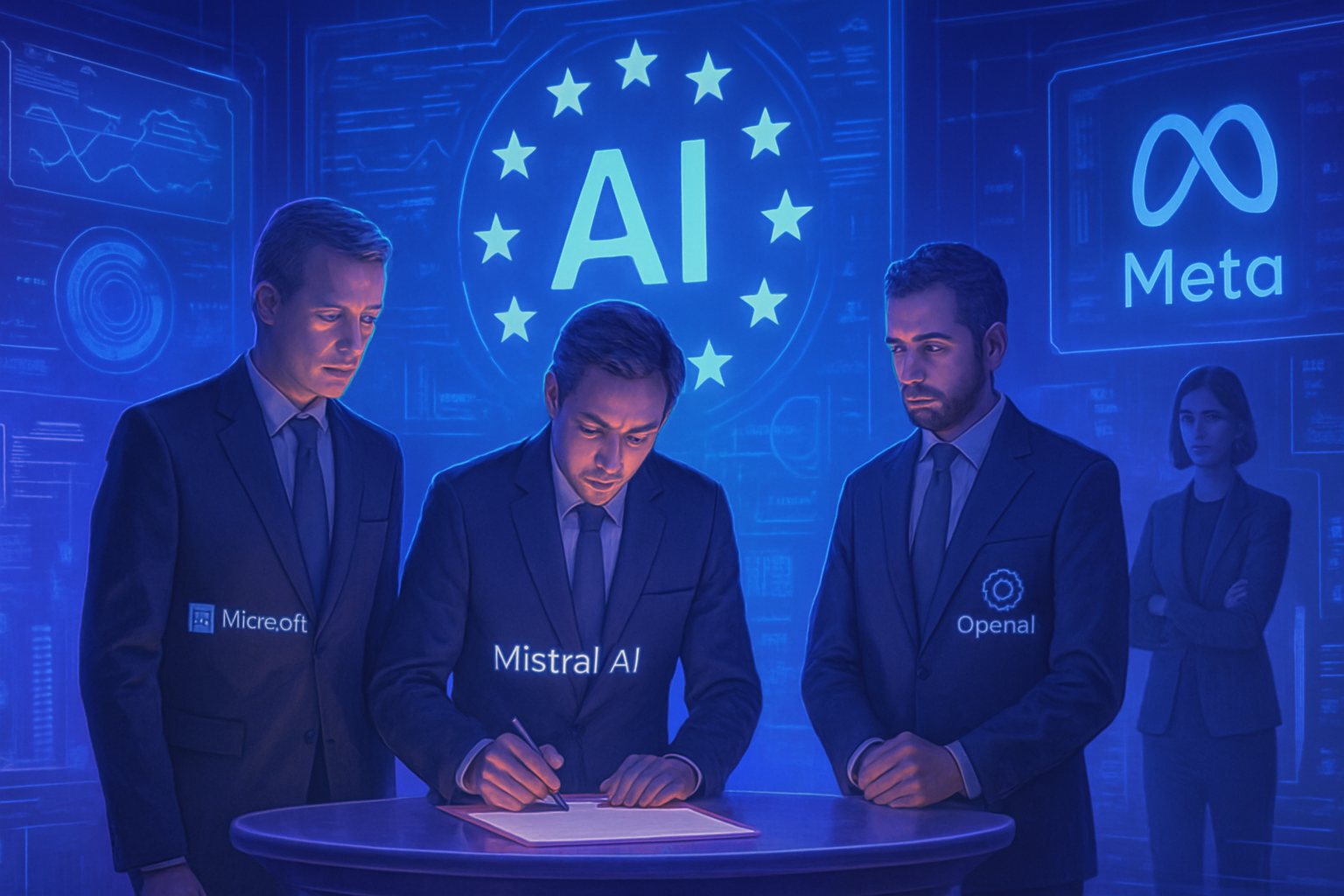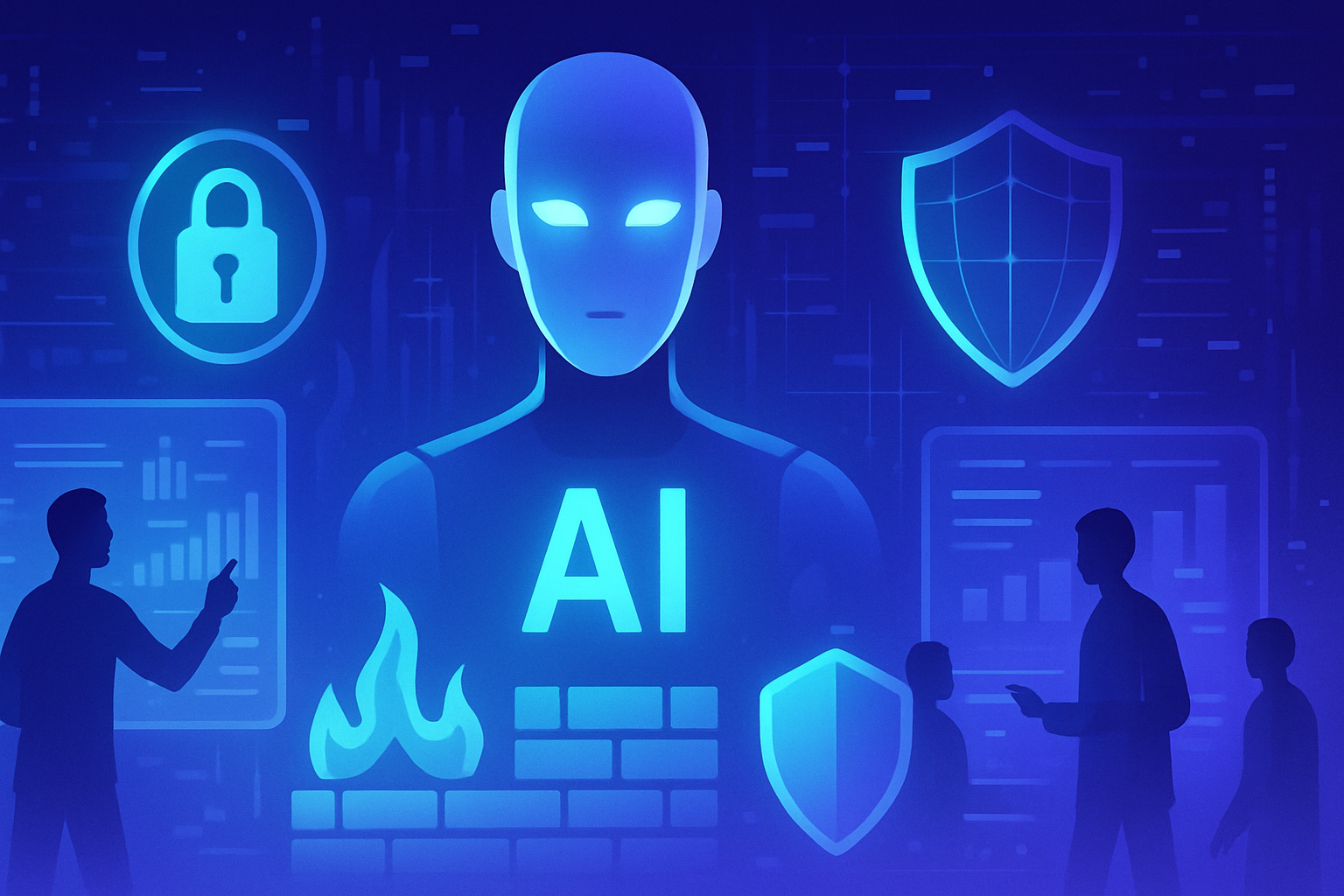Robotics, in constant evolution, fascinates with its complexity and potential. The classification of robots is based on various criteria, explaining their performance. A better understanding of these classifications highlights the major role of robots in modern society.
The technical and ethical challenges associated with their evolution make the analysis of their *crucial capabilities* essential. The intertwining of mechanical and intelligent systems redefines the contours of their missions. The rise of autonomous robots creates a need for precise standards to measure the effectiveness of these entities.
Consequently, this evolving encyclopedia on robotics serves as a fundamental tool for understanding the ongoing dynamics in this field.
Classification of robots according to their performance
Modern robotics requires a precise classification of devices based on their degree of autonomy and their technical performance. The main distinction is categorized into three types: autonomous robots, semi-autonomous robots, and remote-controlled robots. Each of these categories encompasses specificities that meet various needs in diverse sectors.
Autonomous robots
Autonomous robots perform missions without direct human intervention. These devices integrate complex artificial intelligence (AI) systems to make decisions in the field. For example, civilian drones, used for delivery missions, navigate using sensors and AI software. Their advanced navigation systems allow them to optimize their routes while avoiding obstacles.
Semi-autonomous robots
Semi-autonomous robots require partial human supervision to operate effectively. They possess a certain level of autonomy but rely on human intervention for complex tasks. In the industrial sector, manufacturing robots illustrate this type of operation. They perform repetitive tasks but may require manual adjustments or interventions during breakdowns.
Remote-controlled robots
Remote-controlled robots are fully operated by human operators, often from a distance. This category includes utility devices, such as underwater exploration robots, which require constant human supervision. Remote control is often facilitated by sophisticated interfaces, allowing operators to manage robots safely in hostile environments.
Evolution of robots over time
Robotics has experienced a rapid evolution since its inception, moving from simple automata of ancient times to today’s complex robotic systems. Each technological advancement is reflected in the ability of robots to interact and solve problems. This innovation dynamic propels robots toward various applications, notably in fields like medicine and industry.
Societal impact of robots
Robots influence many aspects of modern life. They enhance production efficiency, reduce operational costs, and improve safety in dangerous environments. Their ability to perform tasks hazardous to humans represents a significant advancement for society. However, their integration also raises major ethical and social questions.
Future prospects in robotics
With the advent of artificial intelligence and machine learning, the future prospects for robot evolution are exciting. Researchers are focused on refining the decision-making capabilities of autonomous robots and strengthening their human interaction. Constant innovation in algorithms promises to further transform robotics in the years to come.
Challenges remain to be addressed, particularly regarding the ethics and safety of robots. The need to establish a normative framework becomes pressing as robot applications diversify. Robotics is set to redefine the next industrial era.
A breakthrough from MIT promises to revolutionize robot training
A boost to correct the errors of your robotic assistant
Establishing a common language
A computer joke at our expense
FAQ on the classification of robots according to their performance
What is the classification of robots according to their performance?
The classification of robots according to their performance consists of grouping them based on specific criteria such as their autonomy, movement capability, and applications. This allows identifying the types of robots most suitable for certain tasks or environments.
What are the main types of robots based on their degree of autonomy?
Robots are generally classified into three categories based on their autonomy: fully autonomous robots, which operate without human intervention; semi-autonomous robots, which require a certain level of supervision; and remote-controlled robots, which are directly controlled by a human operator.
How do the performance of robots influence their classification?
The performance of robots, such as their speed, precision, and ability to process real-time data, play a crucial role in their classification. These characteristics determine their effectiveness in specific tasks, such as industrial assembly or military operations.
What factors determine the evaluation of robots’ performance?
The evaluation of robots’ performance is based on several factors, including their locomotion system, the energy source used, and their ability to adapt to different environments. These elements are measured through performance tests and practical applications.
What are examples of classifications of robots according to their performance?
Common classifications include industrial robots, service robots, mobile robots, humanoids, and collaborative robots. Each of these types has performances suited to specific sectors, such as assembly, logistics, or home assistance.
How is robotics technology evolving and affecting classifications?
Robotics technology continues to advance through innovation in artificial intelligence and materials, often modifying classifications. New types of robots are emerging, and performance is rapidly evolving, making old classifications obsolete.
How can the classification of robots help businesses make decisions?
The classification of robots helps businesses choose the most suitable solutions for their specific needs, taking into account costs, performance, and operational goals. This fosters a better integration of robotic technologies into various industrial processes.
What criteria are used to evaluate the performance of robots in complex operations?
The criteria include energy efficiency, robustness in varied environments, the ability to execute precise movements, and the integration of advanced sensors for environmental perception, all crucial for complex operations.
How do service robots differentiate themselves by their performance compared to industrial robots?
Service robots are often designed to interact with humans and perform tasks in domestic or public environments, while industrial robots focus on optimized performance for repetitive and productivity tasks in industry.





